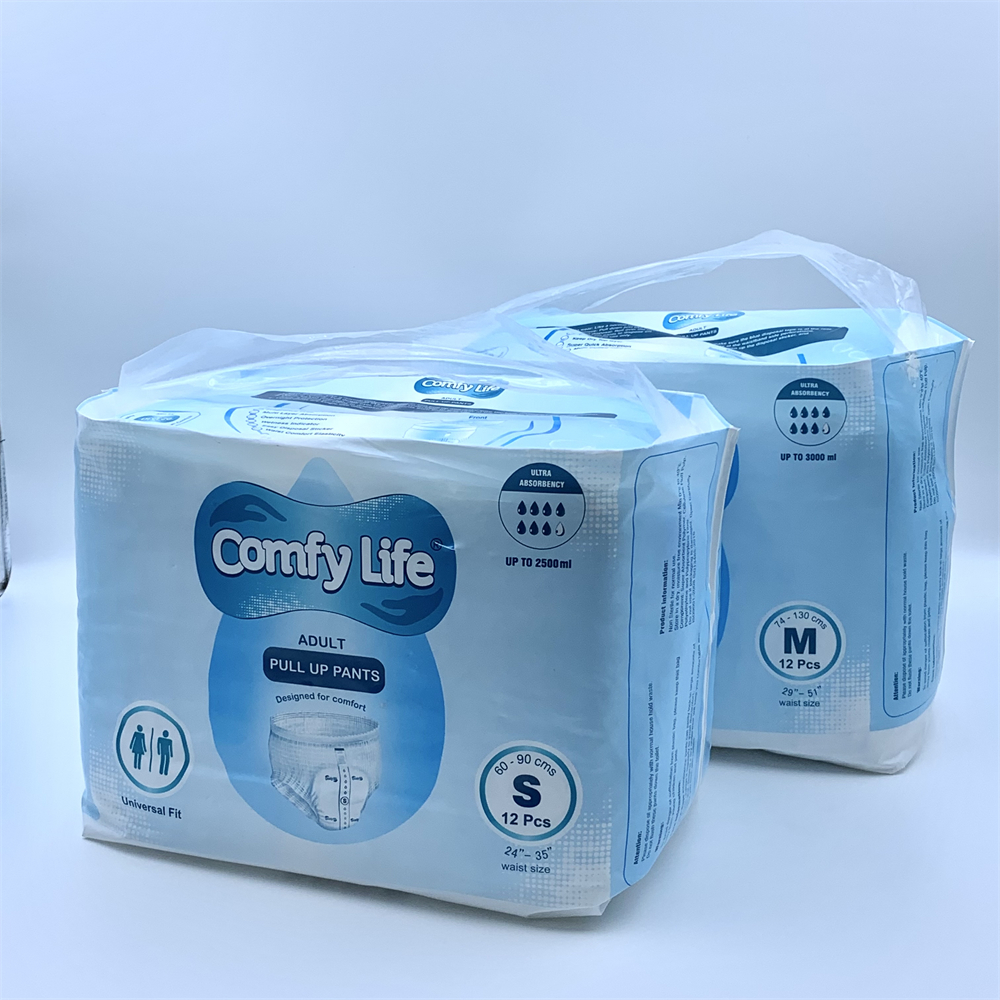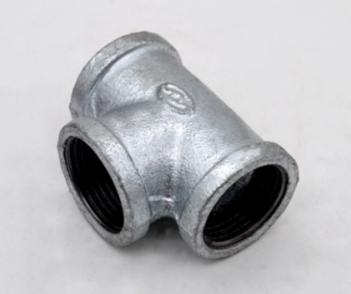How long can one typically wear adult incontinence before needing a change?
The duration an individual can wear an adult incontinence product before needing a change varies based on several factors:
- Absorbency Level: The absorbency capacity of the specific product plays a significant role. Some products are designed for lighter or heavier levels of incontinence, affecting the duration they can be worn comfortably.
- Individual Needs: The frequency of urinary or fecal episodes varies among individuals. Some may need more frequent changes due to higher volumes or more frequent occurrences.
- Product Quality: High-quality adult incontinence products typically offer better absorbency and leakage protection, allowing for longer wear time compared to lower-quality products.
- Activity Level: Active individuals may experience increased sweating or movement, potentially impacting the absorbency of the product and requiring more frequent changes.
- Skin Sensitivity: For individuals with sensitive skin or prone to rashes, changing the product more frequently might be necessary to prevent skin irritation.
- Personal Comfort: Some individuals prefer to change more frequently for comfort reasons, even if the product could absorb more.
- Manufacturer Recommendations: Specific products come with manufacturer guidelines indicating recommended wear times. These guidelines should be considered as a reference.
As a general guideline, changing adult incontinence products every 4 to 6 hours is commonly suggested for maintaining hygiene, preventing skin irritation, and ensuring comfort. However, this timing can vary significantly based on the factors mentioned above and should be adjusted according to individual needs and comfort levels. adult incontinence supplies Regular checks for wetness or signs of leakage also help determine the optimal changing frequency for an individual.
How do adult incontinence cater to individuals with sensitive skin or allergies?
Adult incontinence products cater to individuals with sensitive skin or allergies through several design and material considerations:
- Hypoallergenic Materials: Many adult incontinence products are made using hypoallergenic materials that are less likely to cause skin irritation or allergic reactions. These materials are free from common allergens and harsh chemicals.
- Fragrance-Free: Products designed for sensitive skin or allergies are often fragrance-free. Fragrances can irritate sensitive skin or trigger allergic reactions in some individuals, so avoiding them is essential.
- Breathable Layers: Some adult incontinence products feature breathable layers that allow air circulation, reducing the risk of skin irritation caused by prolonged moisture exposure.
- Soft and Gentle Fabrics: The inner layers of these products are often made from soft and gentle fabrics, providing comfort and minimizing friction against sensitive skin.
- Moisture-Wicking Properties: Certain products are designed with moisture-wicking properties that draw moisture away from the skin, keeping it dry and reducing the risk of irritation.
- pH-Balanced: Some adult incontinence products feature pH-balanced materials to maintain the skin’s natural pH level, reducing the likelihood of irritation or discomfort.
- Dermatologist-Tested: Some brands conduct dermatological tests on their products to ensure they are safe and suitable for individuals with sensitive skin or allergies.
- Absorbent Cores with Skin-Friendly Materials: The absorbent cores in these products often use skin-friendly materials that quickly absorb moisture, minimizing prolonged contact with wetness that can lead to irritation.
- Avoidance of Harsh Chemicals: Products designed for sensitive skin often exclude harsh chemicals such as latex, chlorine, dyes, and lotions that might trigger allergies or irritation.
By incorporating these features and focusing on skin-friendly materials and designs, adult incontinence products aim to provide comfort, protection, and safety for individuals with sensitive skin or allergies. However, individuals with specific allergies or sensitivities should always review product labels and perform patch tests to ensure compatibility with their skin.



